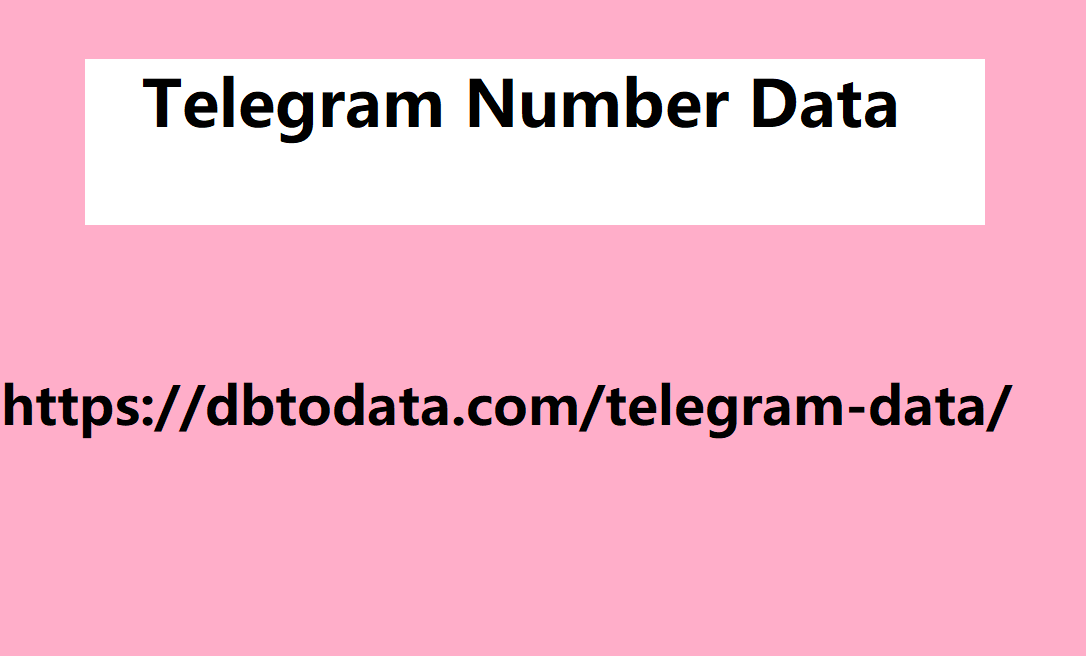Bullet points for presentation to Mr. Sander (jump link to this section)” section. Google is keeping an eye on end users. In other words, it’s about how users interact with search results. And it’s not looking at individuals, but as a whole. 3. Ranking for research I don’t know who created this slide, but it contains some very interesting information. This slide describes 18 aspects of search quality. Relevance page quality Popularity freshness local element language centrality diversity of topics personalization web ecosystem Mobile compatible social equity Optionalization adult regulations spam authority privacy User spelling correction This slide discusses the shortcomings of evaluating live traffic data. In other words, Google says it’s not a good signal because it’s difficult to interpret. The relationship between observed user behavior and search result quality is very weak. Large amounts of traffic are needed to draw conclusions, and individual cases are difficult to interpret. Finally, they provide a different picture of how Google’s search result rankings work. Although not related to rankings, this presentation covers several interesting topics. Of particular note are the following. Efforts to manipulate search results continue, are sophisticated and well-funded. Information about how search works is always “need to know” (Slide 5). To a need-to-know level.
Discuss the use of clicks in search only on a need
Who understand that this topic should not be disclosed. Google has a public position. This is debatable, but you should avoid acting on your own ideas (Slide 11). Reference: (November 16, 2018) 4.The magic of Google In this presentation, we’ll take a look at how search actually works. This slide explains what the India Telegram Number Data actual search mechanism is not, and you can see the description below. First, we receive a query. Multiple scoring systems output data and we create a UX and deliver it to the user. This is not a mistake; it is incomplete. Because it is imperfect, a search engine built this way will not work well. It’s not magic. With this slide, you can learn how search actually works. The key is a second flow of information, in the opposite direction. When people interact with search, their actions give us knowledge about the world. For example, a click action might tell you that an image is better than a web search result.
Discussion of how search works should be kept
Also, looking at a particular passage for a long time may mean that the passage is interesting. We log these actions and our scoring team extracts data for both narrow ranges and general Germany Telegram Number patterns. So how does Google learn so much from its users? At first glance, it seems like users are asking questions and Google is answering them. This is our basic business. You can’t break it. However, we must quietly change positions. Let’s take an example below. Implicitly ask the user a question give the necessary background information Give the user some way to tell us the answer This slide mentions 10 blue links. For example, the 10 blue links ask the question, “Which outcome is optimal?”

